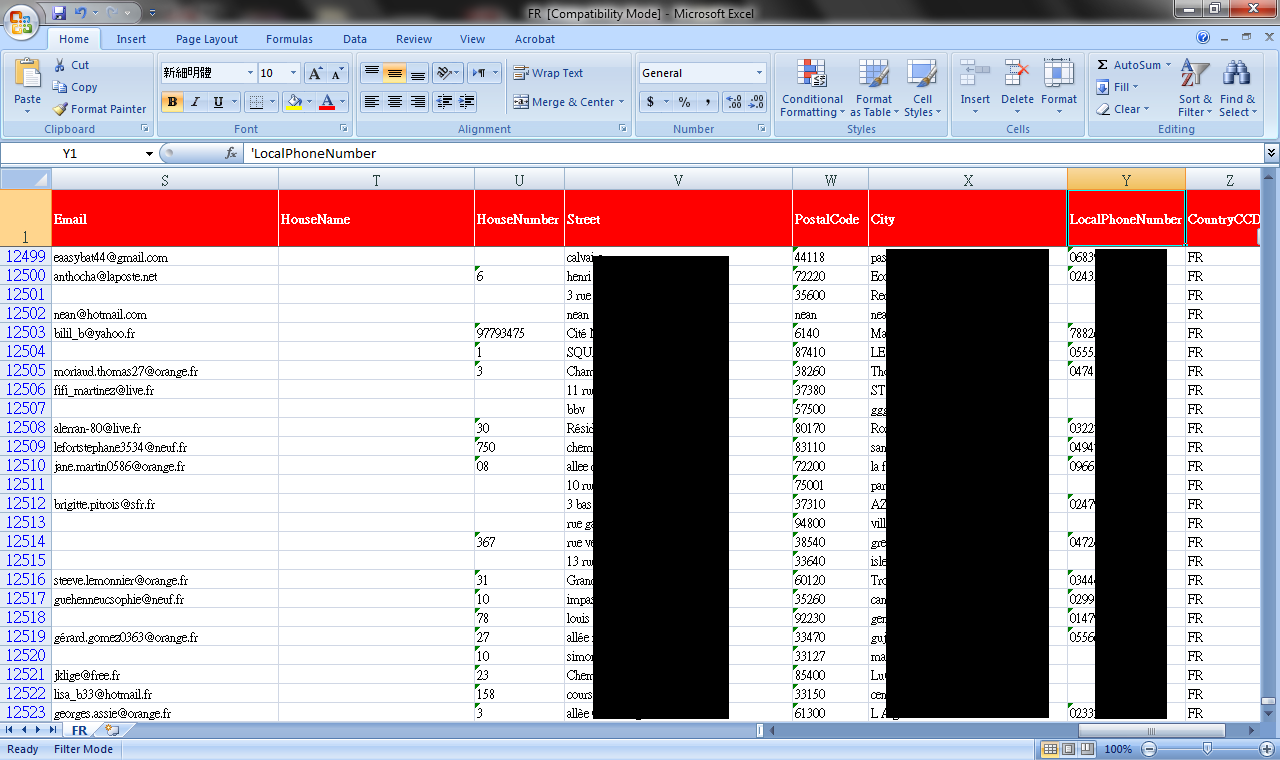Acer Update Decrypter EXEL

Picture this: You’ve spent the last few weeks working on a tribute video for a friend’s 30th wedding anniversary. You collected photos and video clips and edited them together, laying over a soundtrack of their favorite songs.
Mar 11, 2016. These are the guys who snatch up your files and encrypt them, demanding payment in order to decrypt and redeliver. The reason why this. While the company had released a patch for the security loophole back in March, many folks didn't install the update—which left them open to attack. We get that it's. Even though the awaited Creators Update for Windows 10 is only set to arrive on April 11th, users who want to get ahead of the launch - and maybe. A PiP (picture-in-picture) mode for streaming videos while working on those pesky Excel budget.xlxs. I had to decrypt my own esd for my review.
It was a real labor of love. When you finally finish the project, you go to copy the file onto a DVD and—what the?—a strange message pops up. “The files on this computer have been encrypted. You have 96 hours to submit payment, otherwise your files will be permanently destroyed.” You’ve been hit with.
You didn’t back up the anniversary video. In fact, you haven’t backed up any of your files in months. What do you do?
Unfortunately, when it comes to ransomware, once your files are encrypted, there’s not much you can do—besides cut your losses or pay up. And even if you do pay up, there’s a chance you won’t get your files back, so you’re out the files and your cash. For businesses around the world, the stakes are even higher. The was the largest ransomware attack in the history of the Internet, freezing hospital workers out of critical data and disrupting operations of organizations in 150 countries. These types of attacks can have a devastating impact, from losing precious personal data to shutting down hospital services in the middle of emergency procedures.
In some cases, it’s a matter of life or death. That’s why it’s so important to prevent ransomware attacks from happening in the first place.
The Matrix Reloaded In Hindi Download here. Types of ransomware The first step in ransomware prevention is to recognize the different types of ransomware you can be hit with. Ransomware can range in seriousness from mildly off-putting to Cuban Missile Crisis severe. Scareware Okay, yes, it’s called scareware, but in comparison to other types of ransomware—not so scary. Scareware includes rogue security software and tech support scams.
You might receive a pop-up message claiming that a bajillion pieces of malware were discovered and the only way to get rid of them is to pay up. If you do nothing, you’ll likely continue to be bombarded with pop-ups, but your files are essentially safe. A quick scan from your security software should be able to clear out these suckers. For simple instructions on how to clean an infected computer,. Pro tip: A legitimate cybersecurity software program would not solicit customers in this way.
If you don’t already have this company’s software on your computer, then they would not be monitoring you for ransomware infection. If you do have this company’s software, you wouldn’t need to pay to have the infection removed—you’ve already paid for the software to do that very job. Screen lockers Upgrade to terror alert orange for these guys.
When lock-screen ransomware gets on your computer, it means you’re frozen out of your PC entirely. Upon starting up your computer, a full-size window will appear, often accompanied by an official-looking FBI or U.S. Department of Justice seal saying illegal activity has been detected on your computer and you must pay a fine. In order to reclaim control of your PC, a full might be in order. If that doesn’t work, you can try running a scan from a bootable CD or USB drive.
Pro tip: The FBI would not freeze you out of your computer or demand payment for illegal activity. If they suspected you of piracy, child pornography, or other cybercrimes, they would go through the appropriate legal channels.
Encrypting ransomware This is the truly nasty stuff. These are the guys who snatch up your files and encrypt them, demanding payment in order to decrypt and redeliver. The reason why this type of ransomware is so dangerous is because once cybercriminals get ahold of your files, no security software or system restore can return them to you. Unless you pay the ransom—they’re gone. And even if you do pay up, there’s no guarantee the cybercriminals will give you those files back. Pro tip: The FBI has changed its position on whether folks should pay the ransom. They now agree with cybersecurity professionals, who advise you to avoid this option.
Comments are closed.